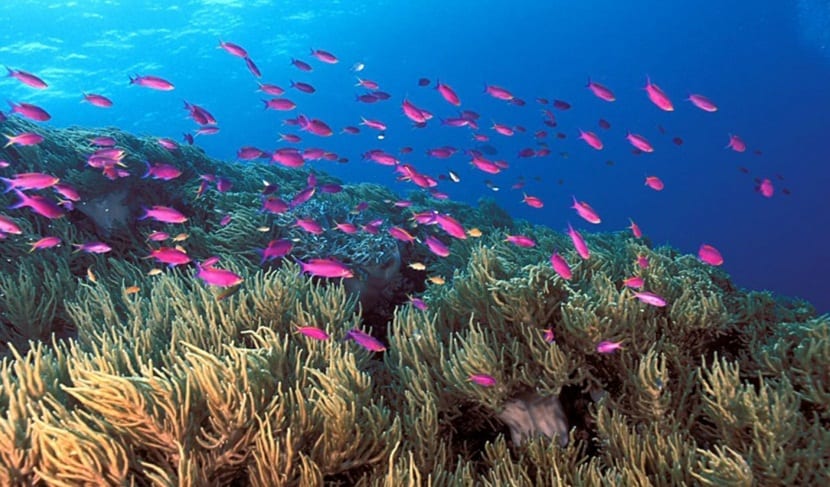
Both seas and oceans are, without a doubt, one of the sources richest, in terms of biodiversity, on the planet Earth. Its interior houses countless guests who make them fascinating places. Hosts that vary, notably, in their shape, size, color, habits, forms of feeding, etc.
Obviously, aquatic ecosystems are very disparate from each other. Their characteristics can be very different, which affects, in a very specific way, their capacity to be inhabited or not.
Logically, living conditions in shallow waters or near the coast are not the same. There, the light is more abundant, the temperature undergoes more variations, and the currents and water movements are more frequent and dangerous. However, as we descend into the depths, we find an entirely different picture. For this reason, living beings are very disparate depending on the area of the ocean or sea in which they develop their lives.
It is here where two words that may be unknown to us make their appearance: pelagic y benthic.
Pelagic and benthic
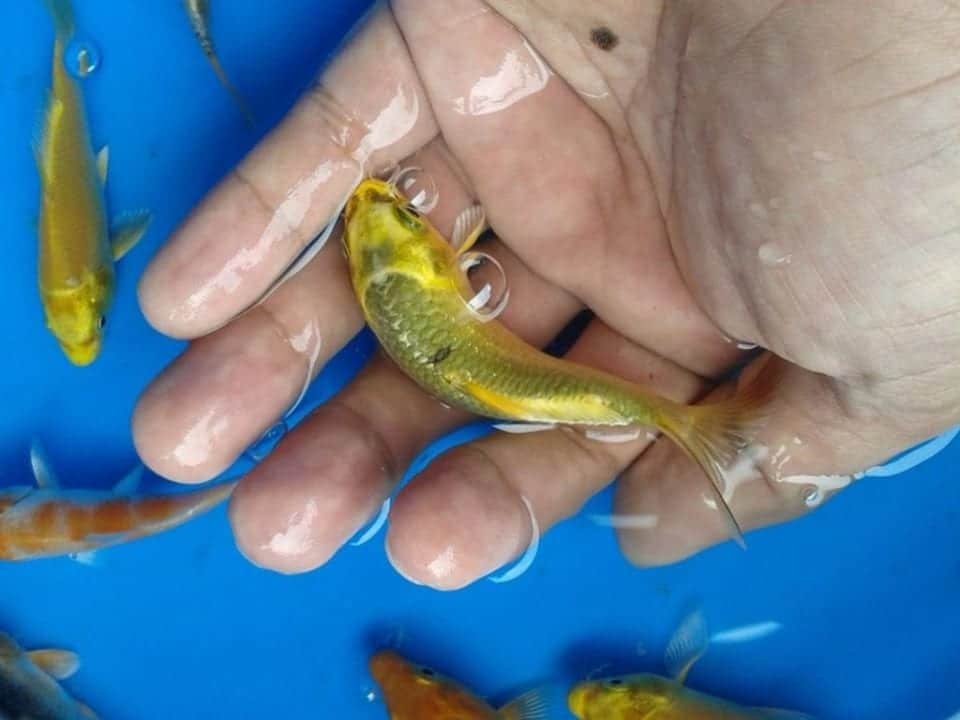
Pelagic refers to the part of the ocean that is above the pelagic zone. That is, to the water column that is not located on the continental shelf or crust, but is closer to it. It is the stretch of water that does not have a considerable depth. For its part, benthic is the opposite. It is related to everything linked to the sea and ocean floor.
Roughly speaking, aquatic living beings, including fish, are differentiated into two large families: pelagic organisms y benthic organisms.
Next, we go on to describe each of them:
Definition of pelagic organisms
When speaking of pelagic organisms, we are referring to all those species that inhabit middle waters of the oceans and seas, or near the surface. Therefore, it is clear that this type of aquatic living beings greatly limits contact with areas of great depth.
They are distributed in well-lit spaces, ranging from the surface itself to 200 meters deep. This layer is known as phiotic zone.
It should be noted that the main enemy of all these organisms is indiscriminate fishing.
There are two main types of pelagic organisms: nekton, plakton and neuston.
necton
In it are fish, turtles, cetaceans, cephalopods, etc. Organisms that, thanks to their movements, are capable of counteracting strong ocean currents.
Plakton
They are characterized, fundamentally, by having small dimensions, sometimes microscopic. They can be of the plant type (phytoplankton) or of the animal type (zooplankton). Unfortunately, these organisms, due to their anatomy, they can't beat the ocean currents, so they are dragged by them.
neuston
They are those living beings that have made the surface film of water their home.
Pelagic fish
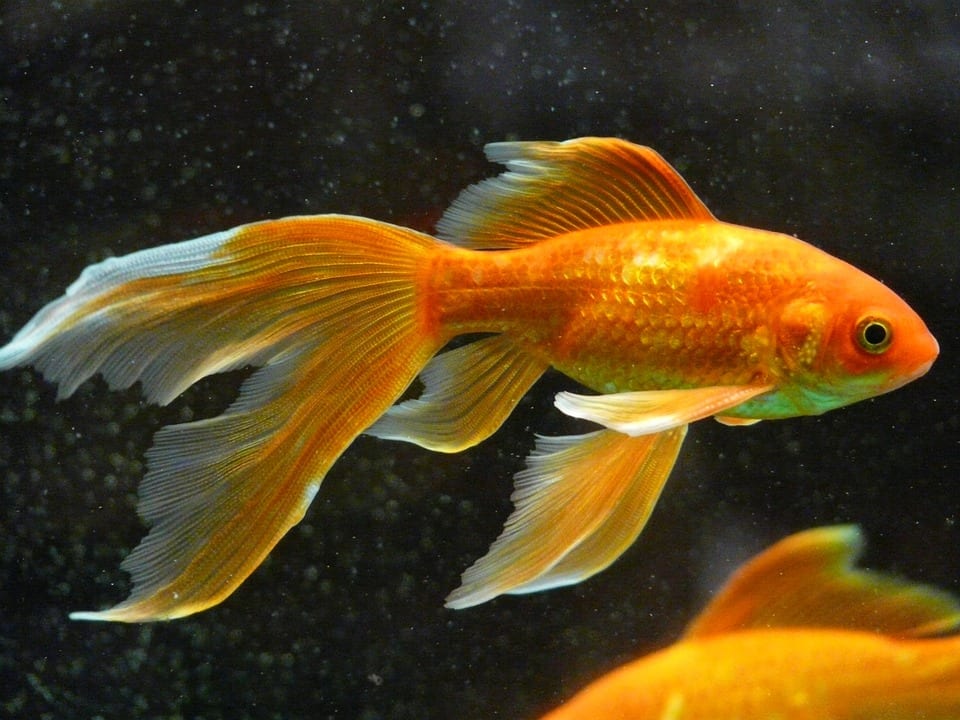
If we focus on the group that make up the pelagic fish as such, we can make another subdivision, which lies, in the same way, depending on the aquatic areas that they populate:
Coastal pelagics
Coastal pelagic organisms are usually small fish that live in large schools that move around the continental shelf and near the surface. An example of this are animals such as anchovies or sardines.
Oceanic pelagics
Within this group are the medium and large species that tend to migrate. All of them have characteristics, both anatomical and physiological, very similar to those of their coastal relatives, while their feeding patterns are different.
Despite having a fast growth and high fertility, the density of their populations is much lower, making their development slower. This is largely due to the fact that they are subject to massive fishing.
Fish such as tuna and bonito are typical specimens of oceanic pelagic organisms.
Synonym for pelagic organisms
Since the term pelagic refers to a certain area of the sea and ocean, a word also arises that is used to mention it in its position as it is "abyssal". And therefore, in the same way that we refer to pelagic organisms and fish, we can also address them as fish or abyssal organisms.
Definition of benthic organisms
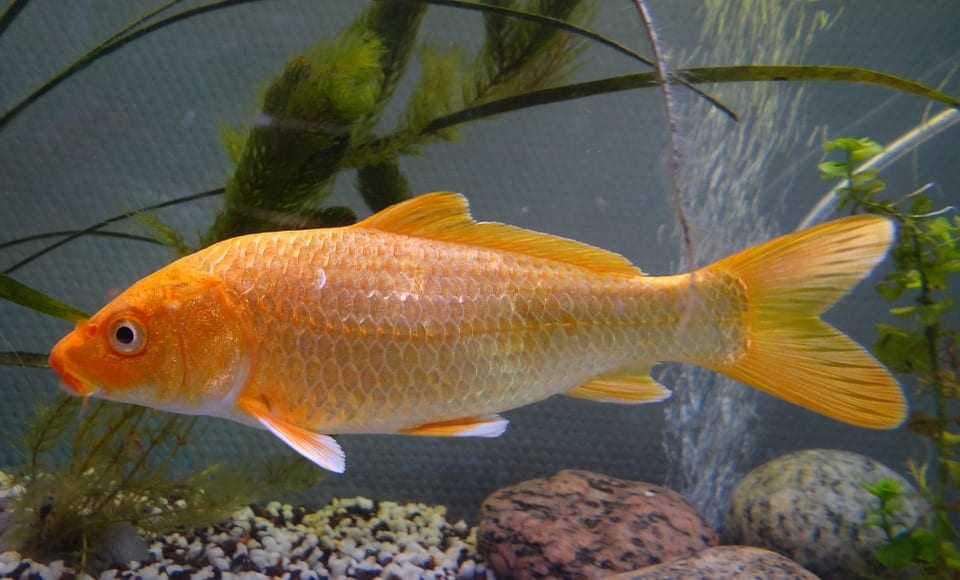
Benthic organisms are those that coexist in the aquatic ecosystems background, unlike pelagic organisms.
In these areas of the seabed where light and transparency make an appearance, to a small extent, yes, we find the primary producers benthic photosynthesizers (capable of producing their own food).
Already immersed in the aphotic background, lacking light and located at great depths, there are consuming organisms, which depend on organic remains and microorganisms that gravity drags from the most superficial water levels to be able to feed themselves.
A peculiar case is bacteria, on the one hand chemosynthesizers and on the other symbiotic (They depend on other organisms), which are located in areas as creepy as certain points of the mid-oceanic ridges are.
At first glance, it is not surprising that, after reading the above, we are very unfamiliar with benthic organisms. Nothing could be further from the truth. There is a species associated with them that is very famous and known to all: the corals.
Without a doubt, coral reefs are one of the most valuable jewels of mother earth. However, and unfortunately, they are also the most threatened. Some fishing techniques, sometimes very unorthodox, are killing them. We speak, for example, of trawl nets, which are the cause of serious environmental problems.
Many other living beings are part of the great benthic family. We talk about the echinoderms (stars and sea urchins), the pleuronectiform (soles and the like), the cephalopods (octopus and cuttlefish), the bivalve y molluscs and some types of seaweed.
Benthic fish
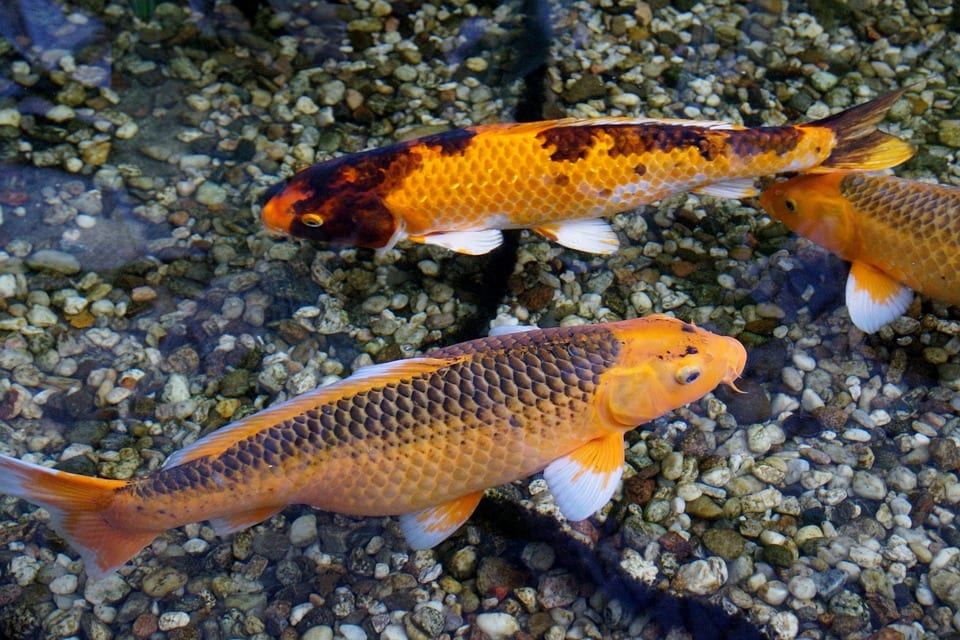
As mentioned above, within benthic organisms we find those types de peces cataloged as “peluronectiformes”, belonging to the order de peces flounder, roosters and sole.
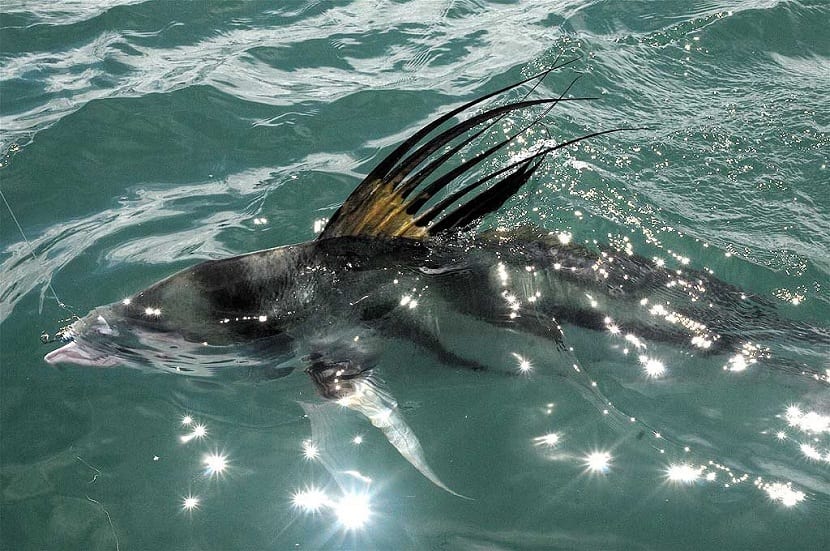
These fish are characterized by having a rather peculiar morphology. His body, considerably compressed laterally, drawing a flattened shape, leaves no one indifferent. Of fingerlings, they have a lateral symmetry, with an eye on each side. A lateral symmetry that disappears as they develop. The adults, which rest on one of their sides, have a flat body and some are arranged on the upper side.
As a rule, they are carnivorous and predatory fish, whose captures are carried out by means of the stalking technique.
The most common species, since they are the most used in the culinary and fishing field, are the sole and turbot.
Synonym of benthic organisms
If we review different science books dedicated to the taxonomy and classification of the animal kingdom, we may find organisms and benthic simply with "Bentos" o "Benthic".
Nature is a fascinating world, and aquatic ecosystems deserve a separate chapter. Talking about pelagic and benthic organisms is something very complicated and much more complex. This little review highlights, in broad strokes, the details that differentiate one from the other.
good illustration and a good summary
nothing more than to continue like this and I thank you very much for calos, already k, it has been very useful to me
the truth seemed very interesting to me, it was very helpful to return to this topic, greetings.